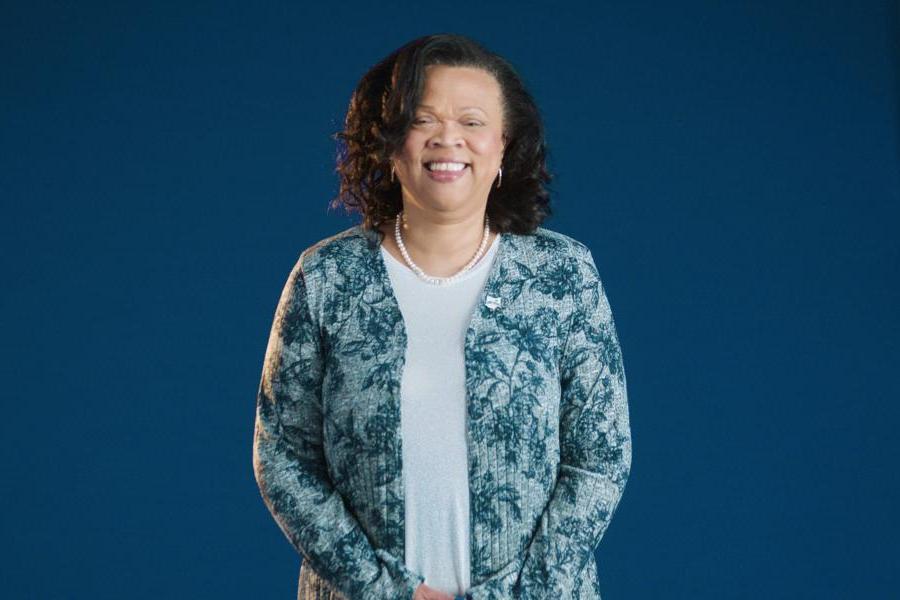Research & Science

Kent State Leads 13 Ohio Institutions in Supporting Intel by Launching Semiconductor-Focused Network
Kent State University, in response to a request from Intel®, will lead a network that includes 13 other Ohio higher education institutions now poised to prepare the workforce to make the small electronic devices that play a large role in our everyday lives.

Innovative Hybrid Fuel Cell Developed for Unmanned Aircraft Vehicles
The project team, led by Yanhai Du, Ph.D., developed a lightweight-high-energy-density onboard power source that enables vertical takeoff and landing (VTOL) type aircraft to potentially increase flight time and payload.

Groundbreaking Study of Fraternity Hazing Co-Authored by Kent State Researcher Reveals Little Connection to Group Solidarity
Kent State University’s newest anthropologist, Assistant Professor Aldo Cimino, Ph.D., has made it his life’s work to understand the causes and consequences of hazing, including the possible generation of solidarity. He and his co-author recently published an article on this question in the journal Evolution and Human Behavior.

ODHE Awards Grant for Kent State Fashion KnitLAB
You’ve probably seen someone knitting a scarf or a sweater as a hobby. However, knitting is big business and has a large impact on manufacturing. Kent State School of Fashion professors are using a new $236,816 grant from the Ohio Department of Higher Education (ODHE) to spread awareness of the possibilities of knitting and creating training opportunities.

Kent State Psychology Professor to Receive 2022 ATHENA Akron Leadership Award
ATHENA Akron, a women’s leadership organization in Summit County, Ohio, has named Angela Neal-Barnett, Ph.D., professor in the Department of Psychological Sciences within the College of Arts and Sciences at Kent State University, its winner of the 2022 ATHENA Akron Leadership Award. She will receive the award on Nov. 17 at the Hilton Akron/Fairlawn.

STEM Professors Receive NSF ADVANCE Grant to Explore Impact of Gender and Other Factors on Workload of STEM Faculty
“Who is Counted and What Counts: Tracking Women’s Engagement in Low-Prestige/High-Workload Service Activities at Kent State University” will examine whether faculty members with underrepresented and/or historically excluded intersecting gender and racial/ethnic identities (IGREs) perform more high-workload, low-prestige service work than their faculty peers.
Five Kent State Experimental Archaeology Graduates Earn Full Rides to Grad Schools
Sometimes it just takes a small spark to ignite a fire within you. For Anna Mika of Parma, Ohio, who started as a geology major her freshman year at Kent State University and switched to anthropology the following year, that spark came in 2017 while taking an anthropology course called North America’s Ice Aged Hunters, taught by Metin I. Eren, Ph.D., associate professor and director of archaeology in the College of Arts and Sciences. She said that course changed her perspective on everything.

Five Kent State Experimental Archaeology Graduates Earn Full-Rides to Grad Schools
Sometimes it just takes a small spark to ignite a fire within you.For Anna Mika, who started as a geology major her freshman year and switched to anthropology the following year, that spark came in 2017 while taking an Anthropology course called North America’s Ice Aged Hunters, taught by Metin I. E…
Kent State Receives $1.5 Million in Choose Ohio First Scholarships for STEM Students
Kent State University has been awarded $1.5 million from the state of Ohio for the Choose Ohio First program that supports students in the fields of science, technology, engineering and mathematics (STEM).

American Education Research Association Awards Kent State Professor for Outstanding Research
Christa Porter, Ph.D., assistant professor of higher education administration in the College of Education, Health and Human Services, was awarded the Review of Research Award by the American Education Research Association (AERA) for her research article, “Understanding Influences of Development on Black Women’s Success in U.S. Colleges: A Synthesis of Literature."